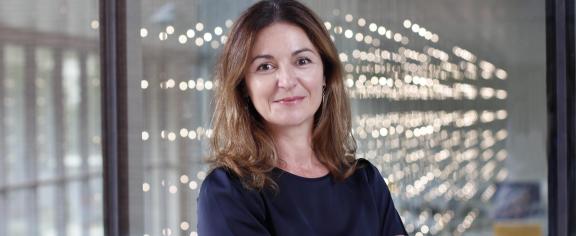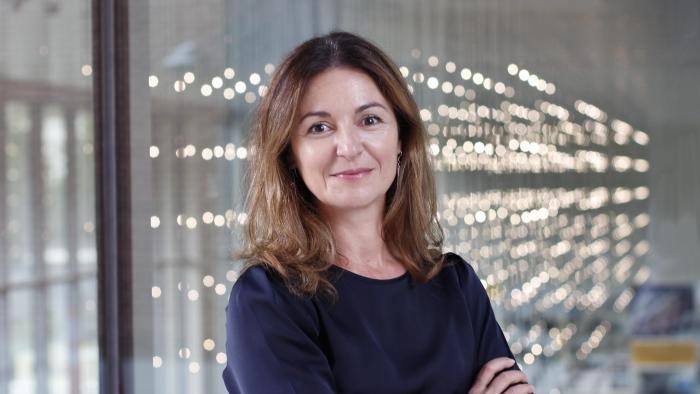
Feryal Özel
College of Sciences School of Physics
With a background in astrophysics, Özel is equipped to offer thoughts on everything from black holes in the Milky Way to the exploration of the moon.
Born and raised in Istanbul, Turkey, Feryal Özel received her B.S. in physics and applied mathematics at Columbia University and her Ph.D. at Harvard University. Özel is a founding member of the Event Horizon Telescope (EHT) Collaboration, where she has led the Modeling and Analysis Group. When Özel was working on her dissertation as a graduate student at Harvard, she “fell in love” with black holes and she often wondered if we could actually glimpse a black hole directly — and decided to take on the challenge. In May 2022, fueled by her passion and curiosity, she led EHT’s unveiling of the first image of the supermassive black hole located at the center of our Milky Way galaxy — Sagittarius A* — Sgr A*.
News and Recent Appearances
The Milky Way’s Black Hole Comes to Light
The New York Times
Dr. Özel is part of the Event Horizon Telescope project, a collaboration of more than 300 scientists from 13 institutions that operates an ever-growing global network of telescopes that compose one large telescope as big as Earth. The team’s results were published Thursday in The Astrophysical Journal Letters.
https://www.nytimes.com/2022/05/12/science/black-hole-photo.html
Black hole at center of Milky Way pictured for first time
NBC News
Sagittarius A* is completely dark, but the photo captured a glowing ring around a cloaked center — what astronomers identified as the black hole's telltale shadow, said Feryal Özel.
https://www.nbcnews.com/science/space/black-hole-center-milky-way-pictured-firs…
Image of Sagittarius A * [Milky Way Black Hole] | Event Horizon Telescope
YouTube
Feryal ledthe Event Horizon Telescope (EHT) Collaboration's unveiling of the first image of the supermassive black hole located at the center of our Milky Way galaxy — Sagittarius A* — Sgr A*.
TO THE MOON. BACK. AND BEYOND
GA Tech
The astrophysics community is abuzz with excitement about the new initiative to return to the moon. The moon and its environment support the exploration of our universe in two ways. The first is using the moon and orbits around it to place telescopes for exploring the far reaches of the cosmos. The second way is using the moon as a launchpad to explore our solar system and experiment with the habitability of planets, as we search for habitable planets elsewhere in the Milky Way.
Media


 Engage with this expert on Twitter
Engage with this expert on Twitter
